This November 16, Havana dresses up to celebrate its 504th anniversary of founding. We cannot miss such a significant date, especially for curious travelers seeking to discover the historical roots of this captivating city. In this article, we invite you to immerse yourself in the fascinating story of how Havana, with its cobblestone alleys and colonial architecture, was born more than five centuries ago. Get ready for a journey through time, where every corner tells the story of a city that has resisted and flourished over the years. Discover the secrets that make Havana such a unique and essential destination for any intrepid explorer!
16th century: Foundation of the town
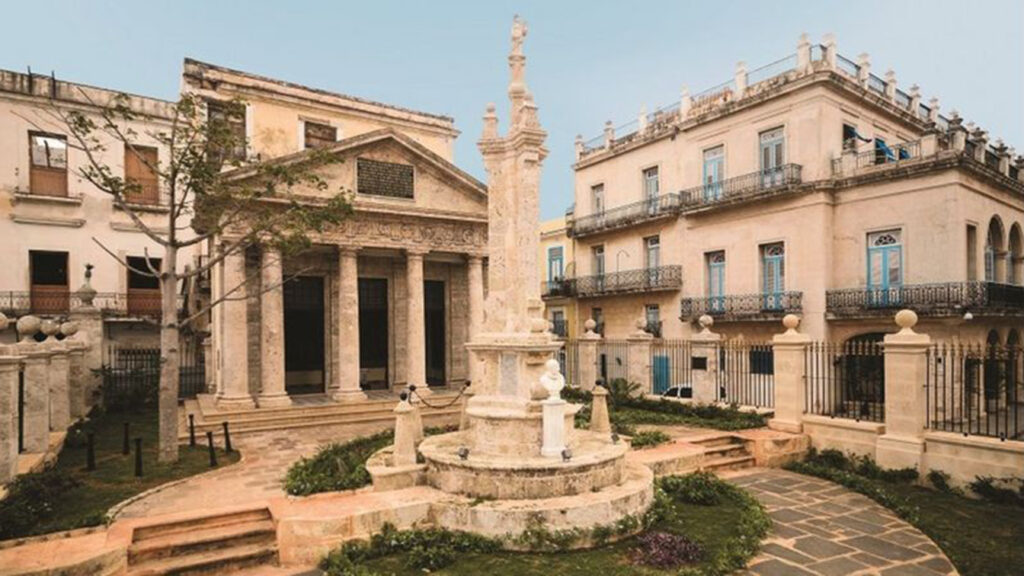
The town of San Cristóbal de La Habana was founded in the southern part of the western part of the island of Cuba in 1514, but it reached its definitive settlement in 1519, on the northern coast, next to the port called Carenas. At least this is the popular voice and what has been inscribed in stone, and has become law for successive generations of Cubans. A leafy ceiba, the largest and slenderest of trees, provided shade to the first Cabildo, a legal institution brought by the Castilians as an expression of community will, as well as authority, justice and peace.
That canopy of leaves also hosted the celebration of the first mass. In its place, a column constellated with tombstones and allegories was first erected and later a Greco-Roman temple that in the minimal space of its garden has seen the shoots of the legendary tree grow again and again.
17th and 18th centuries: Singular urban plot
This is how the city was born, the first urban space where the houses, the Parroquial Mayor and the Castillo de la Real Fuerza were built. This first fortress expanded its civil and religious activities with its military exercises, until, very early, the place began to be known as Plaza de Armas. Thus, another public space was soon necessary for carrying out civic life. Thus, the Plaza Nueva, now Old Square, and that of San Francisco de Asís emerge, almost in unison. We invite you to learn a little more about the four colonial squares of Old Havana.
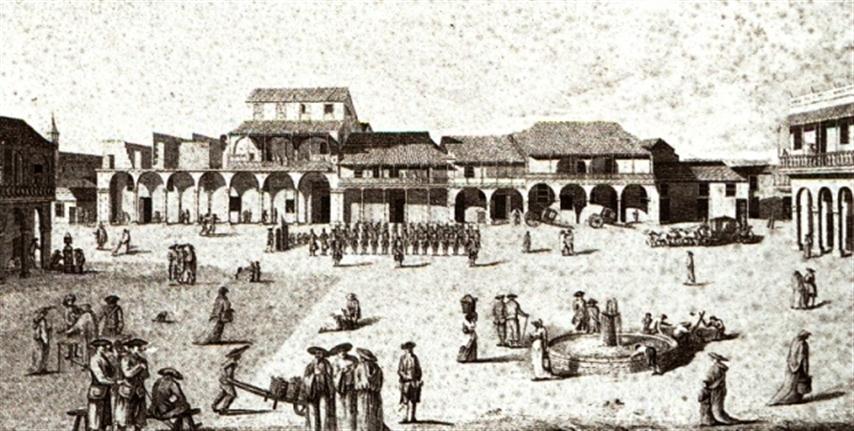
In the 17th century the city had five squares. To the first three are added that of the Ciénaga (the Cathedral), and that of Santo Cristo del Buen Viaje. Since then, it has been distinguished by a set of very small squares, related to the monasteries and ancient temples. Among them: the Holy Spirit, Saint Clare, Saint Augustine, Saint Isidro, Bethlehem, Saint Teresa of Jesus and the Angel. This particularity marks the milestones of the spiritual conquest that the Spanish Crown would carry out in the urban landscape.
The economic, political and social life of the then town of San Cristóbal de la Habana was inextricably linked to the port and the bay. With the decision to concentrate the Indies fleet in the port of Havana, the city began a flourishing development and with it the establishment of the first residential centers and public buildings along the port's coastline.
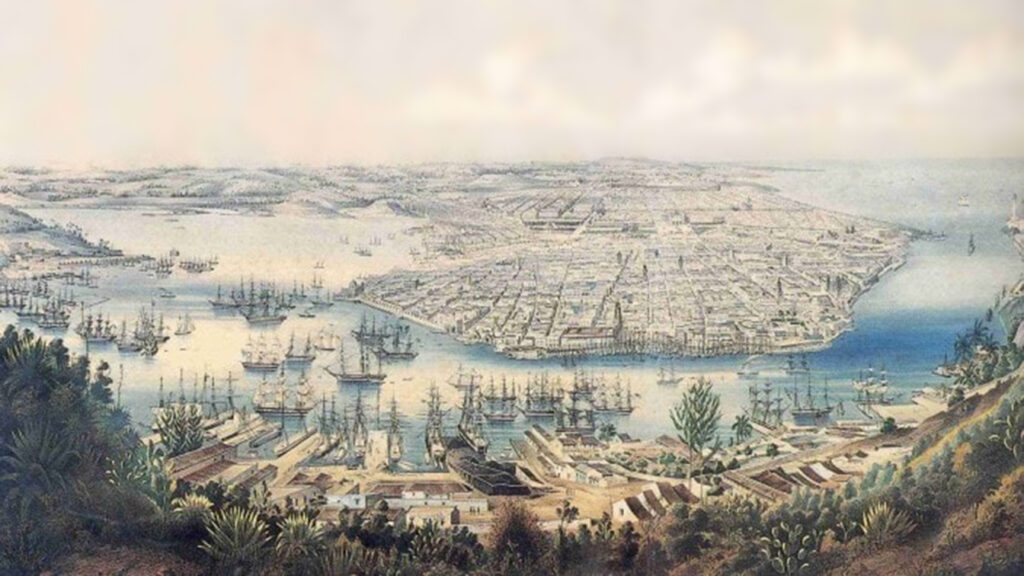
The Bay of Havana is shaped like a bag, with a narrow and deep entrance channel. It has a strategic, geographic and economic location due to its confluence with the Strait of Florida, the Gulf of Mexico and the old Bahamas channel.
Initially, there were three castles that defended it: the Royal Force, the Three Kings of Morro and San Salvador de la Punta, in addition to the land and sea walls. After the capture of Havana by the English (between 1762 and 1763), the return of the west of the country to the Spanish Crown was negotiated. Thus begins the reinforcement of the defensive system with the construction of new castles, towers and observation points. In this way, Havana becomes the most protected site in the West Indies.
In the 18th century, Havana outside the walls was more populous than inside the walls. The city grows by multiplying portals along the roads. In the areas surrounding the ejidos of the wall, very central at that time, walks and parks were built.
19th century: Expansion of neighborhoods
In the middle of the 19th century, the demolition of the walls began and with them the distribution and construction of the plots in the spaces they occupied. It was a process consolidated in the first decades of this century. The Paseo del Prado and the Central Park were remodeled and such significant buildings as the National Capitol and the Presidential Palace were built.
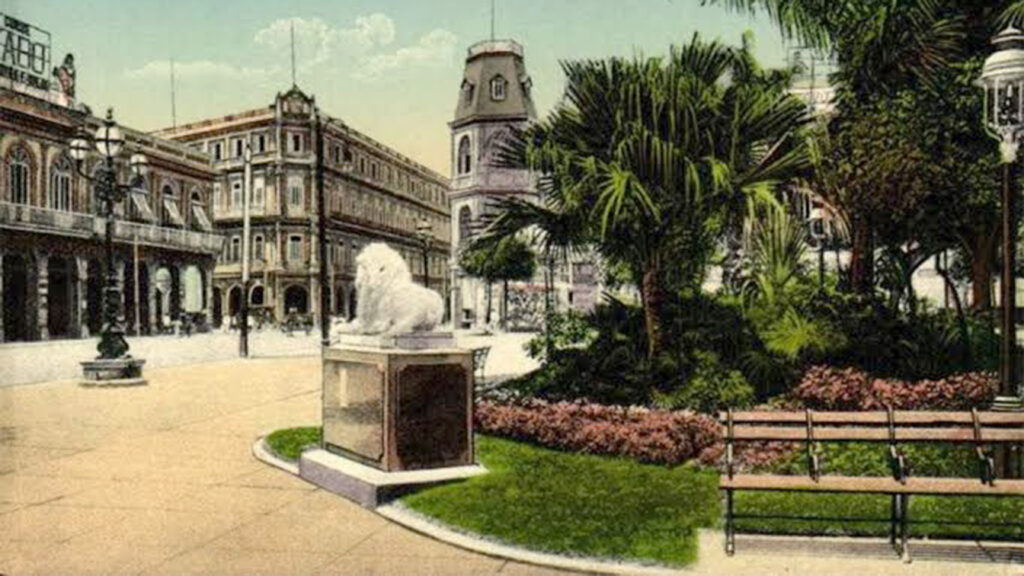
The decline of the Historic Center as a residential place par excellence begins in the mid-19th century. The growth of the city to the west begins and the appearance of select neighborhoods such as Cerro or Vedado. Many of the old single-family palaces are sold. Old Havana stops being “The City” and becomes one end of it. The ground floors of domestic typologies begin to undergo transformations, adapted to warehouses and workshops depending on port activity. New buildings are also built for these purposes, and the industrial function begins to take center stage.
20th century: Lights and shadows
With the establishment of the Republic at the beginning of the 20th century, and under North American influence, the banking and financial function developed in the area that was once intramural. This incorporates an element of centrality, with a typology of tall buildings that accentuate their verticality compared to the narrowness of the streets.
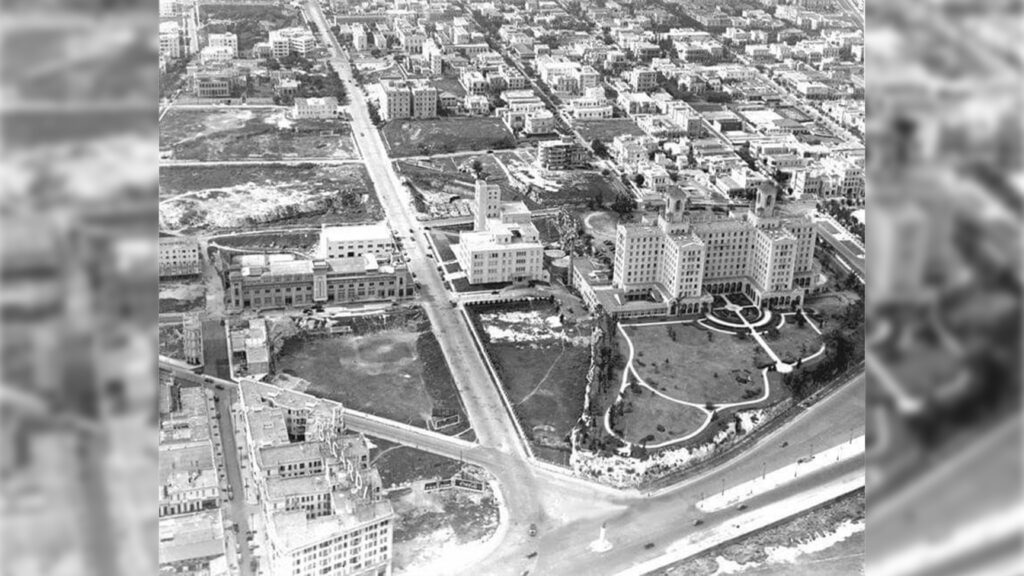
Meanwhile, the city is growing comfortably, the system of party walls disappears and the greenery until now enclosed in cloisters and humid domestic patios is taking on an increasingly stronger role. The successive periods of economic prosperity and/or crisis make neighborhoods and districts appear. Some more exclusive, others more popular, but always with low houses, following the codes of the garden city. The urban layout maintains, at first, the orthogonal grid. Starting in the 1940s, the criterion became more flexible and large blocks with curved edges appeared; The plot grows and in the upper-class neighborhoods it reaches such a proportion that the architecture disappears from the urban scene, giving way to vegetation.
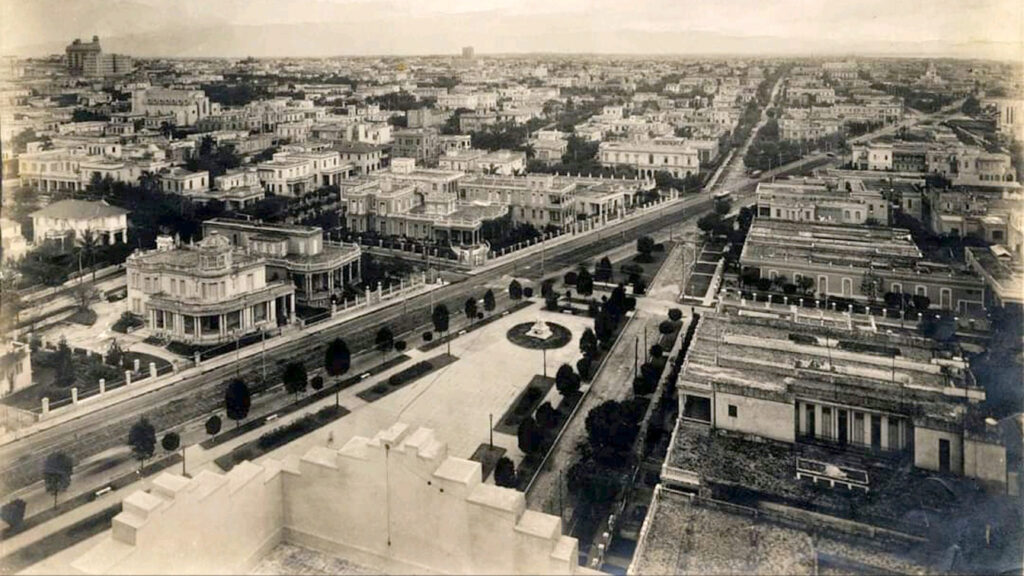
The excessive extension that the city acquires and the construction of express roads that facilitate communication cause a return to the most central area, Vedado, where the urban profile begins to grow excessively with the appearance of the speculative concept of horizontal property, from the 1950s.
With the construction of the tunnel under the bay, the possibility of growth to the east opens up, prevented until then by that physical obstacle. Old Havana in such circumstances would then take on a central position.
The profound social changes on the Island in 1959 did not alter the urban fabric of the city, respecting the extensive populated areas and the historic center, but there were not enough resources to guarantee systematic maintenance. Today we have an intact city. Deteriorated, but substantially intact, vital and active, a city that challenges us every day in the process of consciously saving it.
The historic center of Havana was declared a National Monument by the Cuban Government in 1976 and a World Heritage Site by UNESCO in 1982.
21st century: Recognitions of the city
Havana was one of the winners of the New 7 Wonders Cities Contest, the result of which was announced on December 7, 2014. Millions of inhabitants of the world chose the seven most wonderful cities worldwide.
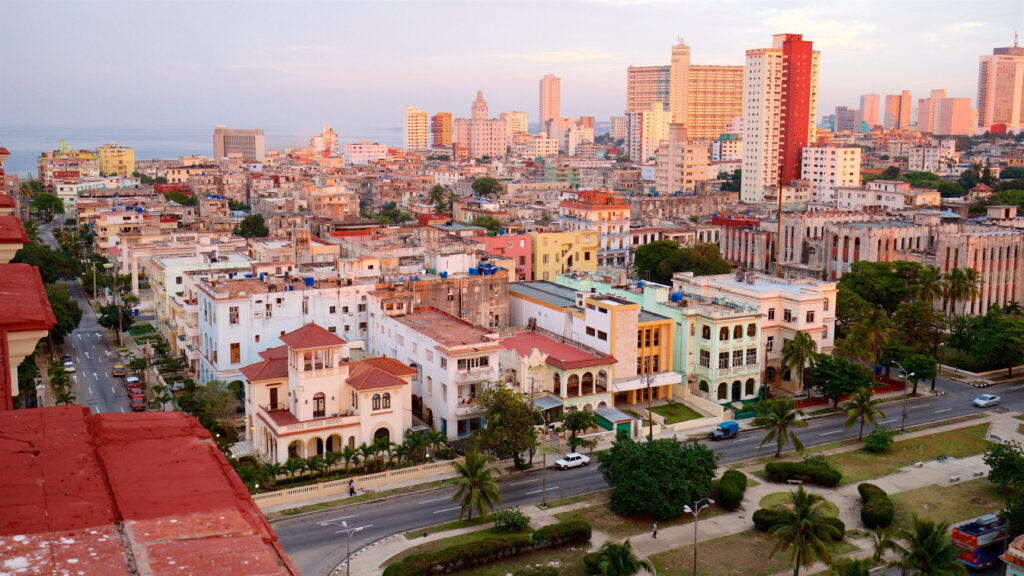
On June 7, 2016, it was officially granted its status as one of the seven wonder cities of the modern world. It was distinguished above all for its mythical appeal, the warm and welcoming atmosphere, and the charisma and joviality of its inhabitants.
The difficult fusion between Europeans, Africans and aborigines at the beginning, along with other more contemporary ethnic and cultural components, modeled the profile and identity features not only of the city, but of a mestizo Nation in blood and spirit. Hence the eclecticism that makes Havana a multiple, universal city. Transculturation has been imprinted on the stone face of its architecture and in the character of those who inhabit it. If you have already fallen in love with Havana for its fascinating history, you can learn about everything this city has in store for you. .
Accommodation is for us, we have private houses in all areas of Havana. Choose the one you are most interested in visiting and stay with the locals, they are the best advisors you can have:
Find us in

